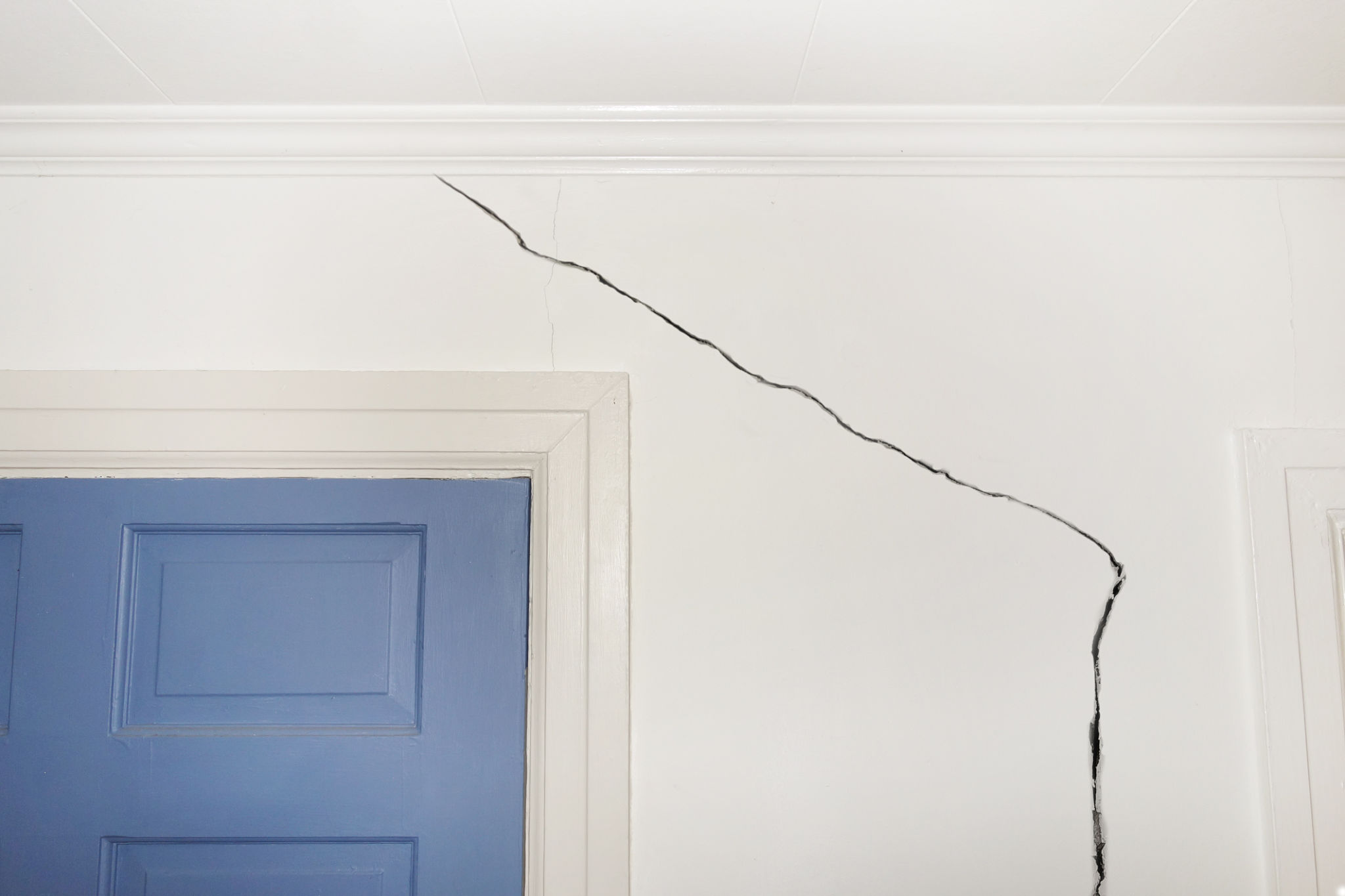The Impact of Weather on Drywall: Seasonal Tips for Maintenance
Understanding the Effects of Weather on Drywall
Drywall, a popular building material for interior walls and ceilings, is known for its affordability and ease of installation. However, it is also susceptible to damage from environmental factors, particularly weather. Understanding how different weather conditions affect drywall can help homeowners maintain their walls effectively throughout the year.

How Humidity Affects Drywall
High humidity levels can be particularly detrimental to drywall. When the air is moist, drywall absorbs the excess moisture, which can lead to warping, sagging, or even mold growth. To mitigate these effects, it's crucial to maintain proper ventilation in your home, especially in areas like bathrooms and kitchens where humidity tends to be higher.
Installing dehumidifiers can help keep indoor humidity levels in check. Additionally, painting drywall with a moisture-resistant sealant can provide an extra layer of protection against humidity.
The Impact of Cold Weather
Cold weather poses its own challenges for drywall maintenance. As temperatures drop, drywall can become brittle and more prone to cracking. Rapid temperature fluctuations exacerbate this issue, as the expansion and contraction of materials can lead to structural damage.
To protect against cold weather damage, ensure your home is adequately insulated. This not only helps maintain a stable indoor temperature but also reduces the risk of drywall cracks. Regularly checking for drafts and sealing any gaps can also prevent cold air infiltration.

Dealing with Heat and Dry Air
Conversely, hot and dry conditions can cause drywall to dry out, leading to shrinkage and cracks. When indoor air becomes too dry, it may result in unsightly gaps and fissures in the walls. Using a humidifier during dry seasons can help maintain optimal moisture levels and prevent drywall from drying out excessively.
Regularly inspecting your drywall for signs of stress or damage during hot weather can help you address issues before they become significant problems. Repairing small cracks promptly can prevent them from worsening over time.
Seasonal Maintenance Tips
Maintaining drywall throughout the year involves several proactive steps. Here are some seasonal tips to ensure your drywall remains in top condition:
- Spring: Check for any water damage from melting snow or spring rains. Repair any leaks in the roof or plumbing.
- Summer: Use air conditioning wisely to keep humidity in check and inspect for any signs of mold or mildew.
- Fall: Prepare for colder months by sealing drafts and ensuring proper insulation.
- Winter: Monitor indoor humidity levels and use humidifiers as needed to prevent drying out.

The Importance of Regular Inspections
Regular inspections are key to maintaining drywall's integrity. By routinely checking for signs of damage or moisture intrusion, you can address issues before they escalate. Pay particular attention to areas near windows, doors, and plumbing fixtures, as these are common sites for potential problems.
Hiring a professional for a comprehensive inspection once a year can provide peace of mind and ensure that any hidden issues are identified and remedied promptly.
Conclusion
The impact of weather on drywall is multifaceted, with different conditions posing unique challenges. By understanding these effects and implementing seasonal maintenance strategies, homeowners can protect their drywall investment and maintain a healthy living environment. With proper care, drywall can continue to provide a durable and aesthetically pleasing surface for years to come.
